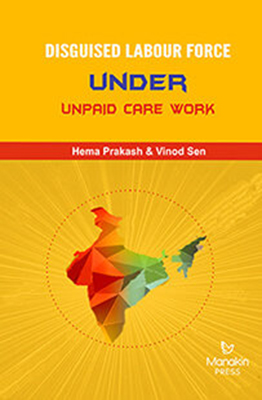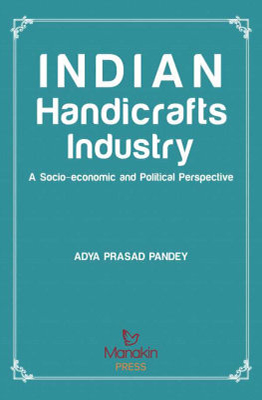End of The ‘End of Cold War’ International Politics and Governance
₹1,595.00
Ishwar C Dhingra | Sanjay Kataria | Category: Economics
Book Details
ISBN: 9789386221575
YOP: 2017
Pages: 394
Order also on
End of the ‘End of Cold War’. Is it a public declaration of the breaking out of the Third World War.? May be, it is a pessimistic view of what has happened on the social – economic theatre, and the mood of bitterness that refuses to subside. But signals emanating from different quarters are not very encouraging. These are close replica of what was seen in the earlier part of the twentieth century and again in the thirties of the same century. The Post WWII Cold War ended officially in 1991. The theatre of the world was little quite, except for a healthy struggle between nations to provide better living standard to their populace. The thaw ended when it was realised that market – oriented socio-cultural economic policies were only accentuating inequalities both among the nations and also within the nations. The consensus on growth broke down. The world has again given birth to war – hysteria. Will the dark clouds of the Second Cold War get thinner and finally vanish or would they engulf the globe in another bloody war.
The things are a little different this time than they have ever been in past. Presently, nukes are not the exclusive preserve of one or two countries. Nukes are widespread; their stockpiles are under the control of many sovereign nations. The disbursed ownership is both a guarantee of peace as also forewarning of end of life on mother earth. Which way the world swings is not a matter of speculation or of astrology and astronomy. Share your judgement with us after reading the book.
1. War and Its Philosophy
2. Britain’s Industrial Revolution—Roots of Power Domination
3. The World War II
4. Global Response to World War II
5. Origin Course and Nature of Cold War
6. End of Cold War 1.0 Period (1991–2008)
7. Failures of International Governance
8. Cold War 2.0 (2008–Present)
9. The Way Forward
10. India and International Policy
End of the ‘End of Cold War’. Is it a public declaration of the breaking out of the Third World War.? May be, it is a pessimistic view of what has happened on the social – economic theatre, and the mood of bitterness that refuses to subside. But signals emanating from different quarters are not very encouraging. These are close replica of what was seen in the earlier part of the twentieth century and again in the thirties of the same century. The Post WWII Cold War ended officially in 1991. The theatre of the world was little quite, except for a healthy struggle between nations to provide better living standard to their populace. The thaw ended when it was realised that market – oriented socio-cultural economic policies were only accentuating inequalities both among the nations and also within the nations. The consensus on growth broke down. The world has again given birth to war – hysteria. Will the dark clouds of the Second Cold War get thinner and finally vanish or would they engulf the globe in another bloody war.
The things are a little different this time than they have ever been in past. Presently, nukes are not the exclusive preserve of one or two countries. Nukes are widespread; their stockpiles are under the control of many sovereign nations. The disbursed ownership is both a guarantee of peace as also forewarning of end of life on mother earth. Which way the world swings is not a matter of speculation or of astrology and astronomy. Share your judgement with us after reading the book.
1. War and Its Philosophy
2. Britain’s Industrial Revolution—Roots of Power Domination
3. The World War II
4. Global Response to World War II
5. Origin Course and Nature of Cold War
6. End of Cold War 1.0 Period (1991–2008)
7. Failures of International Governance
8. Cold War 2.0 (2008–Present)
9. The Way Forward
10. India and International Policy
| Weight | 0.795 kg |
|---|---|
| Dimensions | 24.1 × 16.4 × 3.1 cm |
| yop |
2017 |
| subject-category |
Economics |
| isbn |
9789386221575 |











